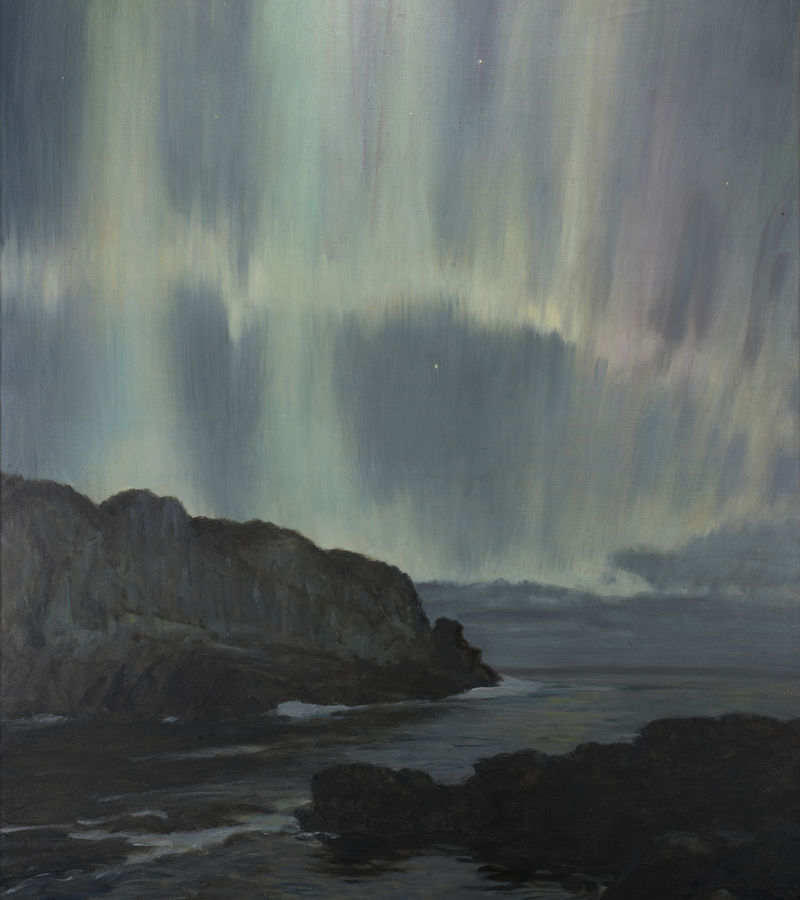Painter of the Sun
When he undertook to paint a solar eclipse, Howard Russell Butler faced a seemingly impossible task: making an accurate and scientifically useful picture of a complex, transitory astronomical event that the unaided eye cannot fully perceive. In so doing he joined the ranks of artists and other image-makers who have struggled to translate un-seeable or fleeting natural phenomena into visual form for the purpose of scientific study and the dissemination of knowledge in the public sphere. Illustrations of human anatomy, renderings of prehistoric life, diagrams of human evolution, paintings of geological change or musical sound, and photographs of trotting horses, speeding bullets, a crystal lattice, and psychic states—images like these defy the limits of vision by fixing or revealing features and nuances of form that are not visible through firsthand observation. Of course, observation played an important part in Butler’s paintings of solar eclipses, and the shorthand sketching technique he developed allowed him to produce highly detailed and accurate paintings of the color and shape of the solar corona. But any pictorial representation of a past event requires a certain amount of artistic license, for an artist must use his or her imagination to fill in the gaps. Butler’s eclipse paintings thus occupy a hybrid category of science and art, something that might be said about a whole host of pictures created to advance knowledge of the phenomenal world. From eighteenth-century natural history illustrations to hypothetical renderings of atomic structure in the early decades of the twentieth century, such pictures offer viewers of all stripes, art historians included, a captivating object lesson in how humans see and understand the world.
Rachael DeLue, associate professor of American art, Art & Archaeology, Princeton University


